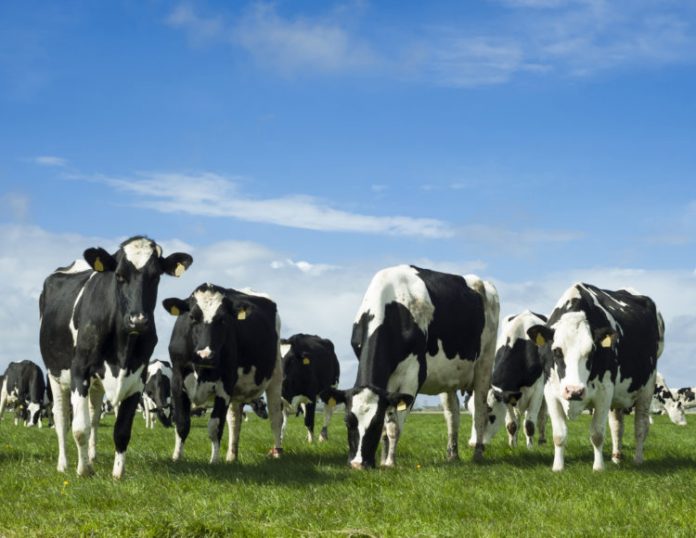Twenty one high-yielding milch cows imported from Australia in 2017 with an effort to boost local dairy production by the government, had been traced with Bovine Viral Diarrhea (BVD) virus infection, it was revealed at the Presidential Commission of Inquiry (PCoI) to investigate corruption of the current administration yesterday.
Director of the Department of Animal Production and Health S.S.P. Silva, while testifying before the Commission informed that in Australia the BVD virus had been identified as ‘Dairy Industry’s Silent Killer’ because it is a major reproductive pathogen in cattle.
“The most serious matter is that the virus can spread through touch and air, and we had failed to take necessary action on time, to return the diseased cows to the manufacturer,” he said.
When Additional Solicitor General (ASG) Ayesha Jinasena questioned about the reasons behind the failure of taking necessary action on time Dr. Silva said that, the pre-export quarantine for cattle had been done after distributing the animals to farms.
He said that the infection will lead the cows to poor conception rates, abortion and congenital defects.
He said that before the research period the imported batches from Australia had been handed over to the middle-scale dairy farmers in a number of areas around the country and when the research team started the study they had identified several cows with the BVD viral infection.
In 2017 the Ministry of Rural Economic development started to import 20,000 cows from Wellard Rural Exports Pvt. Ltd., Australia. A number of dairy farmers have made shocking revelations about the quality of the imported cows.
Amal Suriyage of the Lammermoor Estate in Maskeliya had filed a complaint with the commission stating that the government had distributed 3,030 substandard imported Australian cows among 46 investors and dairy farmers who had taken part in a subsidised scheme to introduce high-yielding imported cows, in 2017.
He said that the Ministry of Rural Economy had informed the investors that those pregnant cows would produce 20 litres of milk a day on average and had advised some of the investors, who were already raising cows to get rid of the Sri Lankan cows that they already had. “The investors paid Rs. 200,000 per cow and the government contributed Rs. 265,000. A number of cows had died, while a number of calves had been aborted or were stillborn,” Suriyage said.











